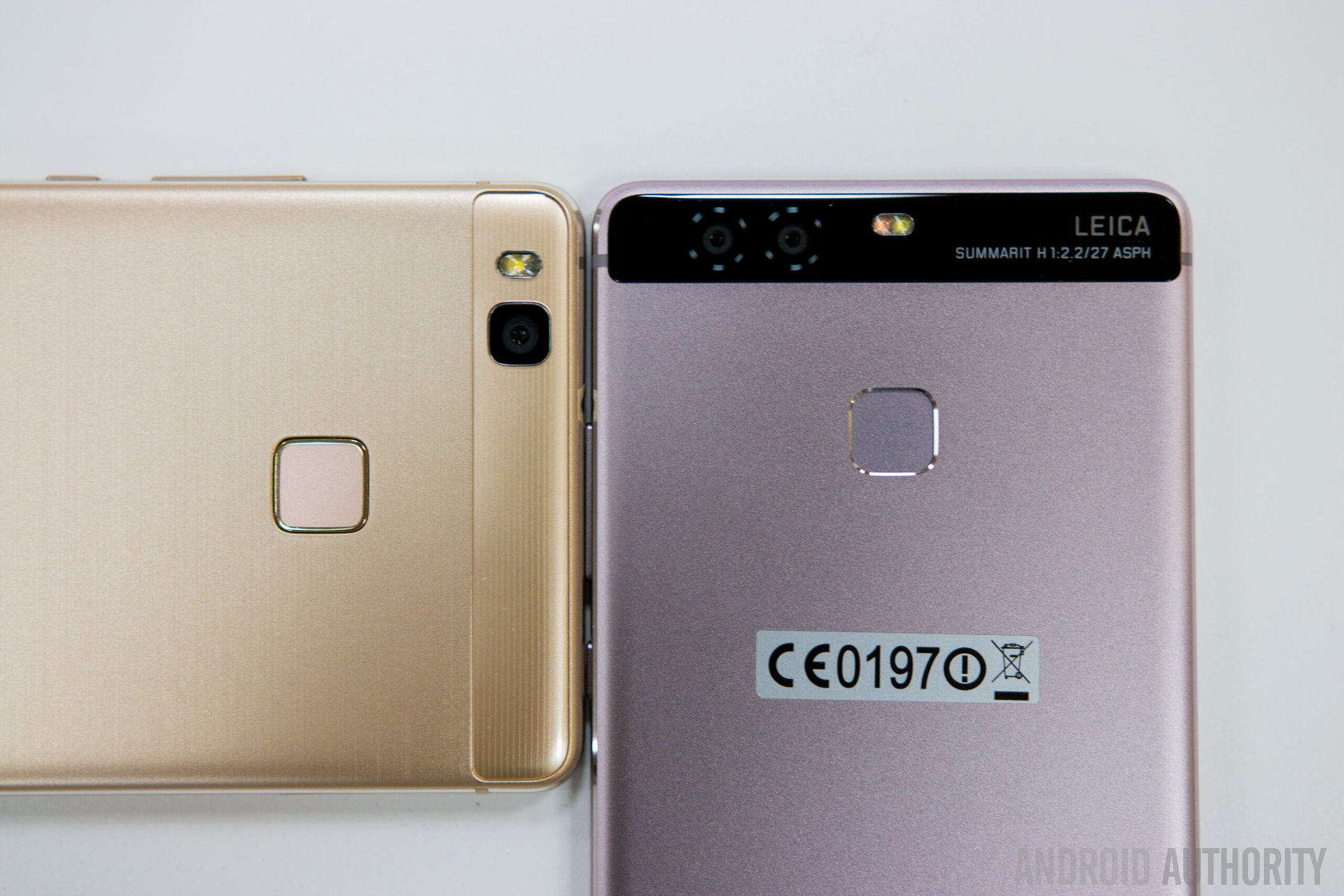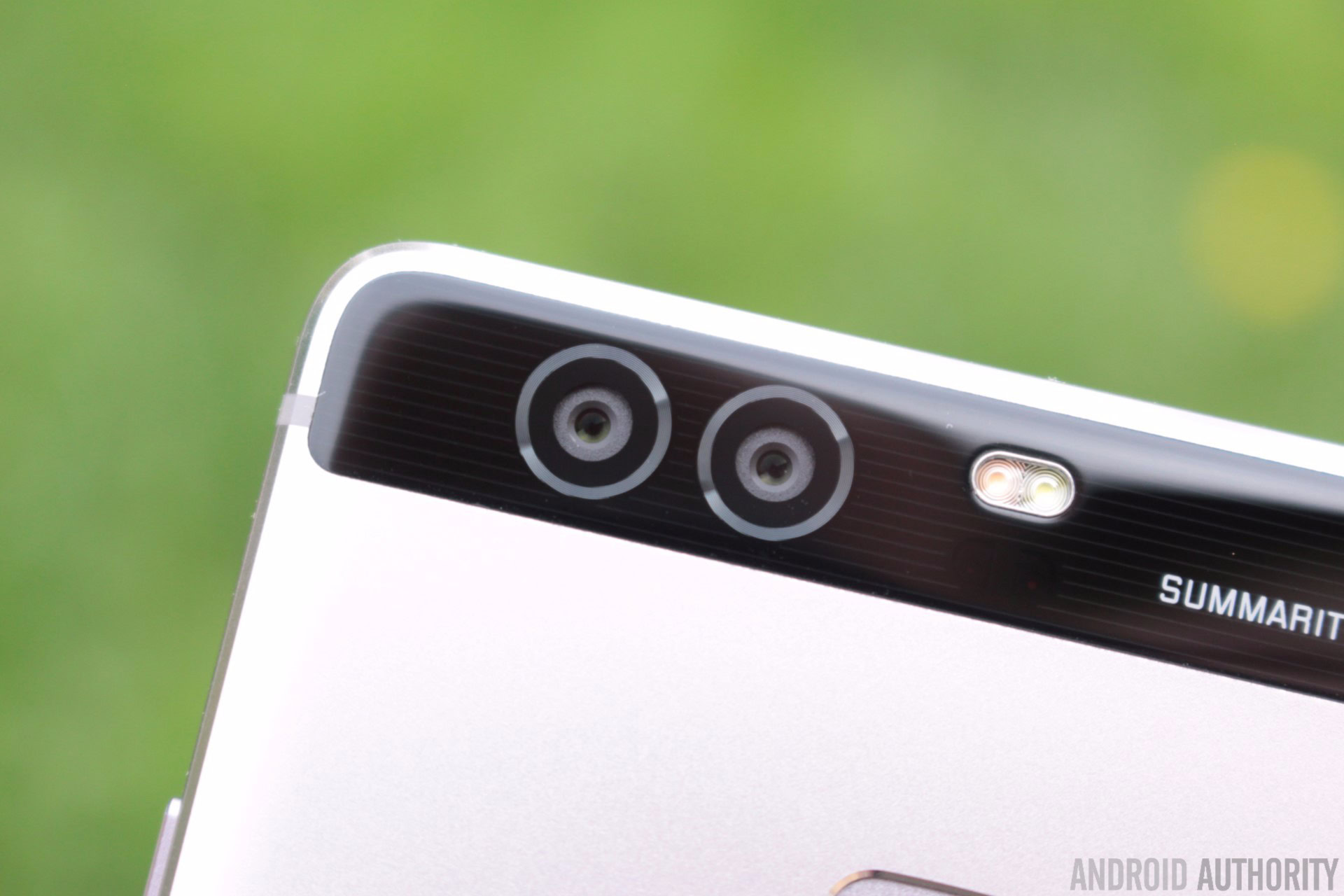Affiliate links on Android Authority may earn us a commission. Learn more.
Chinese OEMs and premium product prices: will it work?

Once upon a time, Android phones were derided by Apple enthusiasts as being “cheap” and “garbage”. Sometimes even “cheap garbage.” And yet, for ages now products like Samsung’s Galaxy S and Galaxy Note series have been just as expensive, if not more so, than iPhone models. At least for unlocked devices. Still, things have changed and these days, even lower end products are really just yesteryear’s flagship.
This phenomenon, coupled with the mass invasion of Chinese OEMs who keep prices low by having very little profit margin, has in turn, hurt the bottom line for the “old guard” of mobile phones, namely Samsung, LG, Sony, HTC, and arguably Motorola. Interestingly enough however, a new trend has been coming out of China: premium priced products by companies like HUAWEI, and seemingly now Xiaomi, too.
In this piece, we will briefly look at the reasoning behind the cheap prices from Chinese products, discuss the new price point predicament, and try to ascertain if these OEMs can truly earn their fair share of the market when faced with the likes of legacy manufactures.
Brief background brush-up
Without getting into extensive analysis and exposition, suffice to say that Chinese OEMs essentially have several tools at their disposal that help keep costs low. Products are:
- Typically sold online, either directly from the OEM itself or else through a partner shopping site. This eliminates retail costs and overhead.
- Typically marketed online. This eliminates physical advertising costs, like print media and billboards or hoardings.
- Typically sold with very little mark-up. Chinese OEMs make most of their money by volume sales, not by per-product profit.
- Typically sold in developing markets like India and China (naturally) where customers have greater need for lower prices.
- Typically made of acceptable to excellent materials and with a solid build quality that allows them to compete.
- Typically loaded with local online storefronts and other venues that maximize immersion in the local online markets.
Of course there are exceptions to these “guidelines”, to be sure, but the above has basically allowed companies like Xiaomi and especially OnePlus to go very very far despite having what a company like Samsung might view as a “non-existent” presence in terms of advertising costs and “see it with your own eyes” type availability.
Make no mistake however, this is working, and working very well. In fact, Samsung is currently facing its fifth year of declining revenue in China; it has not been the market leader there for several years now. In fact, as reported by The Korea Herald, the Galaxy maker fell to the 5th ranked position last year, and as a result has cut more than 10,000 employees.
The premium product push

While some of the Chinese OEMs have gradually been increasing the number of premium products they produce, the prices have typically been less than those of the old guard rivals. ZTE for example, released a very competent and capable Axon Phone last year which had some downright delightful internals yet cost significantly less than an LG G4 or HTCOne M9. This year in particular however, things have become far more pronounced with respect to pricing.
Huawei’s P9 smartphone, for example, with its dual lens camera system and metal build, costs roughly $650 in Japan, and even more in Europe, where the HUAWEI P9 and HUAWEI P9 Plus are priced around €599/€649 depending on the configuration of the former, and at €749 for the latter. Or, to put in dollar digits, $679/$735 and $849 respectively. These are phones every bit as costly as those made by Samsung, HTC, and LG.
Every bit as aggressive, Xiaomi is now rumored to be releasing a $600 smartphone this year, which would be the first device said company would release in such an expensive, cost-prohibitive price range. In fact, with Xiaomi it’s a bit even more peculiar given that unlike HUAWEI which sells its products globally, Xiaomi is still very much a domestic company with some local Asian markets also having access.
Profits pick up or problems to ponder
The logical question to ask, then, is whether Chinese OEMs, the two mentioned or any others, can “get away” with such expensive offerings. Will customers actually purchase them in droves? One report from last month contained evidence that suggested HUAWEI is having trouble with the price of the P9 series, and as a result has reduced its anticipated product shipment numbers for 2016 by a staggering 40 million units. A response by the company itself, while not acknowledging the allegations of reduced expectations, offered a much different picture however:
HUAWEI shipped 28.3 million smartphones, a 64 percent increase on last year. We also shipped more than 2.6 million P9 and P9 Plus, our flagship dual-camera phones, within six weeks of their release in April.Compared to HUAWEI’s earlier P8 lineup, shipments of the P9 and P9 Plus increased 130 percent globally, driven by strong growth in many countries including the U.K., France, Finland, Poland and Thailand.
In addition to this, GizmoChina ran a story several weeks ago that referenced a data from a recent sale among all Chinese OEMs on online retailer JD.com which showed HUAWEI high-end products were actually the top selling devices for their price ranges. As the website explained,
In the 2500-2999 Yuan segment, HUAWEI Mate 8 as well as HONOR V8 were the top three phones, and in the 3000-3999 Yuan segment as well, HUAWEI P9 and HUAWEI P9 Plus made it to the top three.
Thus even in China itself, expensive products are quite desirable and in-demand. This, coupled with HUAWEI’s data for the P9 in Europe, shows that customers there are also opening their wallets at the prospect of a high-end HUAWEI.
Xioami is likely to find similar success when and if it releases the rumored $600 phone alluded to earlier. To an extent, it might be argued that Chinese customers themselves are eager to purchase a “home grown” premium product and support both their local economy and businesses than say, buy something from Samsung or perhaps even Apple. This line of thought actually becomes more even more logical when considering Samsung’s diminished market share which thereby means its products have less relevancy and brand appeal.
Will it work elsewhere?

As for if more saturated markets like the USA will start purchasing premium priced products from Chinese OEMs, that remains to be seen. There is arguably a very strong preference for brands like Samsung, HTC, and LG simply because they have been a dominant force for a long time. In addition, some may question the security and stability of a product designed in China. Another consideration is the simple availability itself: HUAWEI’s P9 series is not yet sold domestically, and Xiaomi offerings are of an import-only affair. Even OnePlus, which has an extensive amount of coverage online, is no doubt an unknown entity to mainstream consumers.
Still, provided that Chinese OEMs can make products that are every bit as good as, if not better, than the “mainstream” market mobiles they usually purchase, it’s probably safe to assume sales would be brisk. People want something that looks good, performs well, and has a guarantee. Just as the old stigma about “Made in Japan” has long since passed, so too is the “Made in China” mindset beginning to disappear, all the more so given that even Apple’s iPhones are made in China. Google’s own decision to partner with HUAWEI for last year’s Nexus 6P, and potentially again this year, no doubt has been a boon to the company’s overall image.
Wrap Up
It will be very interesting to see what the couple of years holds for Chinese OEMs and the premium market segment. In a very real sense, if they are able to produce devices that give the Galaxy S7 a run for its money, why would someone intrinsically want the Samsung smartphone? One thing is quite evident however: the days of China being seen exclusively as as nothing more than a haven for “cheap imitations” has long since passed, and that in turn is no thanks to the inspired, driven efforts of its local OEMs.